Georgian design was dominant for over 100 years, spanning from 1714 to 1830 which during this time, saw through four consecutive King Georges on the throne, hence the name.
The Georgian style can be easily characterised by the use of symmetry, with a huge emphasis on balance and proportion. Georgian design also boasts a sense of airiness, space, and bellowing light.
Classic Georgian design was heavily influenced by architecture from across the seas, in particular the Mediterranean. For example, the use of ornate alcoves and grand columns were inspired by Roman design, with designers also greatly inspired by the Greeks, incorporating Greek figures and shapes to both the interior and exterior architecture of the buildings.
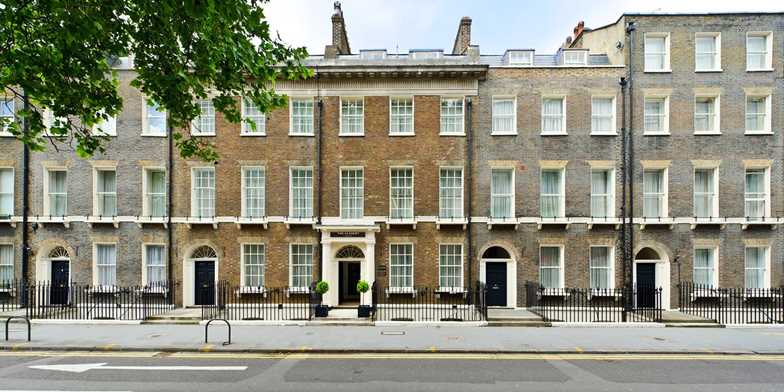
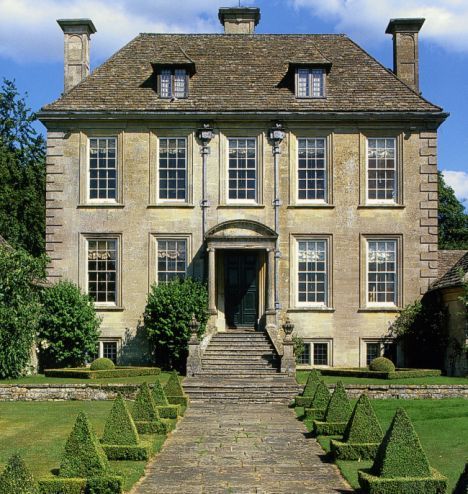 When looking at Georgian architecture, we are instantly presented with perfect symmetry. Windows and doors are precisely in line, which adds to the grandeur of the building. Windows are dressed with decorative headers and doorways are more often than not arched with fan light windows overhead. Materials of choice during this time period were light coloured brick and stone. Georgian architecture is prevalent in an array of London Townhouses, Crescents in Bath and terraced homes in Edinburgh as well as the huge number of country homes across the UK that dominate the architectural landscape.
When looking at Georgian architecture, we are instantly presented with perfect symmetry. Windows and doors are precisely in line, which adds to the grandeur of the building. Windows are dressed with decorative headers and doorways are more often than not arched with fan light windows overhead. Materials of choice during this time period were light coloured brick and stone. Georgian architecture is prevalent in an array of London Townhouses, Crescents in Bath and terraced homes in Edinburgh as well as the huge number of country homes across the UK that dominate the architectural landscape.
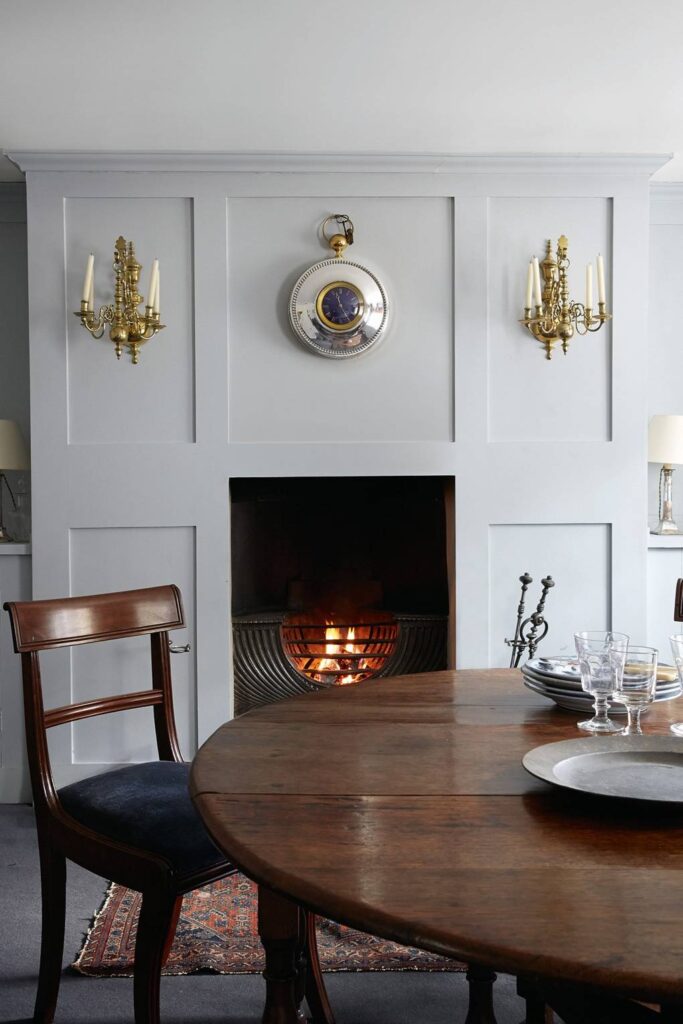 Moving into the interior architecture of the Georgian home, we are welcomed by stunning features that characterise the time. The characteristics central to the interior architecture of this time is most definitely the decorative and ornate mouldings that maze consistently throughout the property. Skirting boards, fireplaces, alcoves, dado rails, ceilings and doors were all designed with a huge amount of accuracy and attention to detail to reflect the style of the classical Roman columns.
Moving into the interior architecture of the Georgian home, we are welcomed by stunning features that characterise the time. The characteristics central to the interior architecture of this time is most definitely the decorative and ornate mouldings that maze consistently throughout the property. Skirting boards, fireplaces, alcoves, dado rails, ceilings and doors were all designed with a huge amount of accuracy and attention to detail to reflect the style of the classical Roman columns.
 The fireplace was always the focal point of the room, adding to the symmetrical design of the space. Lighting was transported into the future and paraffin lights were replaced with ornate chandeliers or simpler glass and metal fittings. In terms of flooring, floorboards were left bare but dressed with large rugs, often Chinese in design. Paint colours were kept light with a pastel colour scheme of dusky pinks, Wedgewood blues and pale sage greens.
The fireplace was always the focal point of the room, adding to the symmetrical design of the space. Lighting was transported into the future and paraffin lights were replaced with ornate chandeliers or simpler glass and metal fittings. In terms of flooring, floorboards were left bare but dressed with large rugs, often Chinese in design. Paint colours were kept light with a pastel colour scheme of dusky pinks, Wedgewood blues and pale sage greens.
 Georgian furniture was delicate and ornate in design commonly made with mahogany wood, replacing the darker walnut from the previous era. Winged chairs, four poster beds and marble top consoles were all key furniture pieces of the Georgian period.
Georgian furniture was delicate and ornate in design commonly made with mahogany wood, replacing the darker walnut from the previous era. Winged chairs, four poster beds and marble top consoles were all key furniture pieces of the Georgian period.
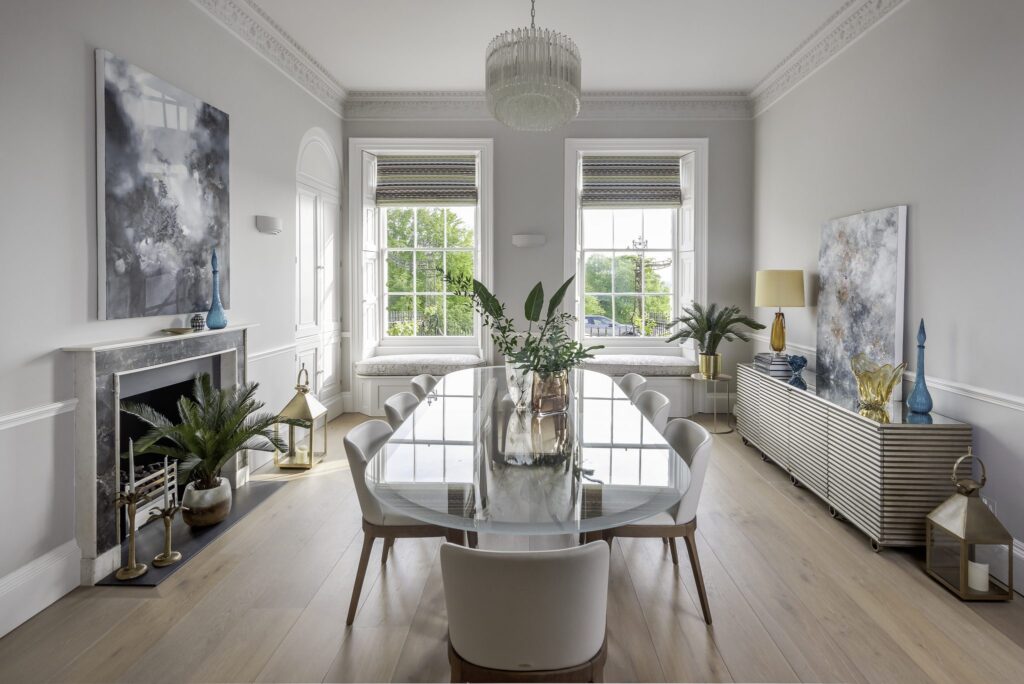
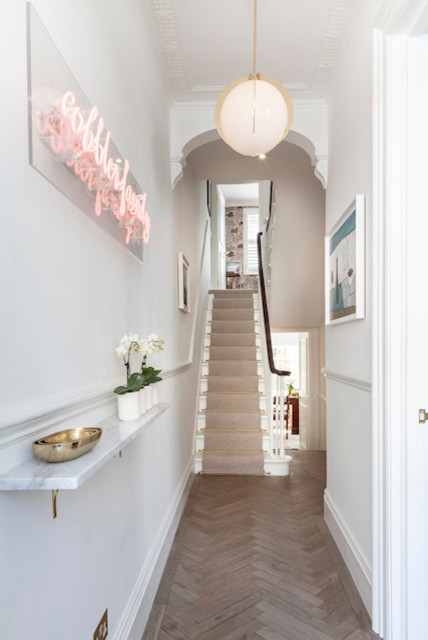 Georgian design is still heavily influencing the modern interior today. Joiners are still applying period finishes to non-Georgian period homes and other trades extensively restoring key features to bring the character of the home back to life.
Georgian design is still heavily influencing the modern interior today. Joiners are still applying period finishes to non-Georgian period homes and other trades extensively restoring key features to bring the character of the home back to life.
 Mouldings and panelling have made a huge resurgence in the home. Giving the style a contemporary twist, this feature looks great with a dark painted finish for added drama.
Mouldings and panelling have made a huge resurgence in the home. Giving the style a contemporary twist, this feature looks great with a dark painted finish for added drama.
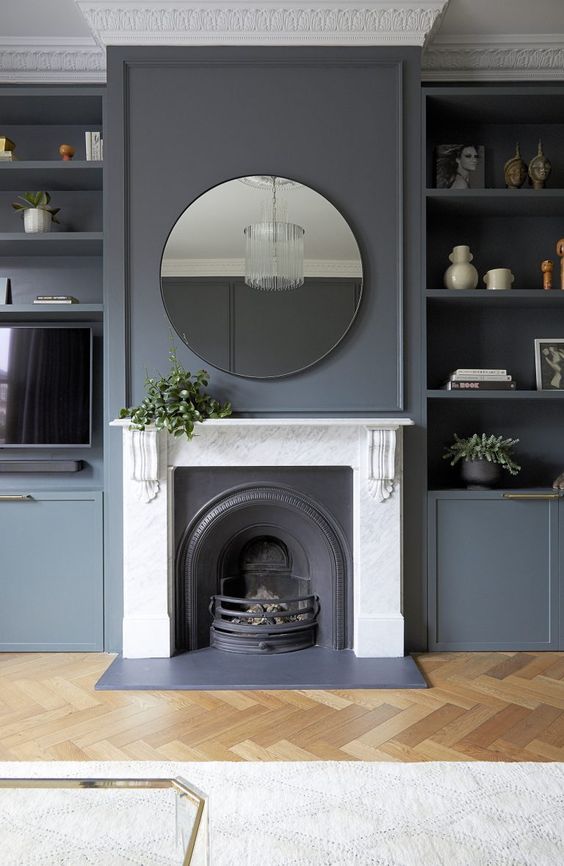 Faux chimney breasts are also being erected to give living spaces a new focal point, detracting the eye away from televisions and other modern conveniences. With introducing key features into your living space such as a fire place, you can start to build a balanced symmetrical space that the Georgian architects would be proud of.
Faux chimney breasts are also being erected to give living spaces a new focal point, detracting the eye away from televisions and other modern conveniences. With introducing key features into your living space such as a fire place, you can start to build a balanced symmetrical space that the Georgian architects would be proud of.
